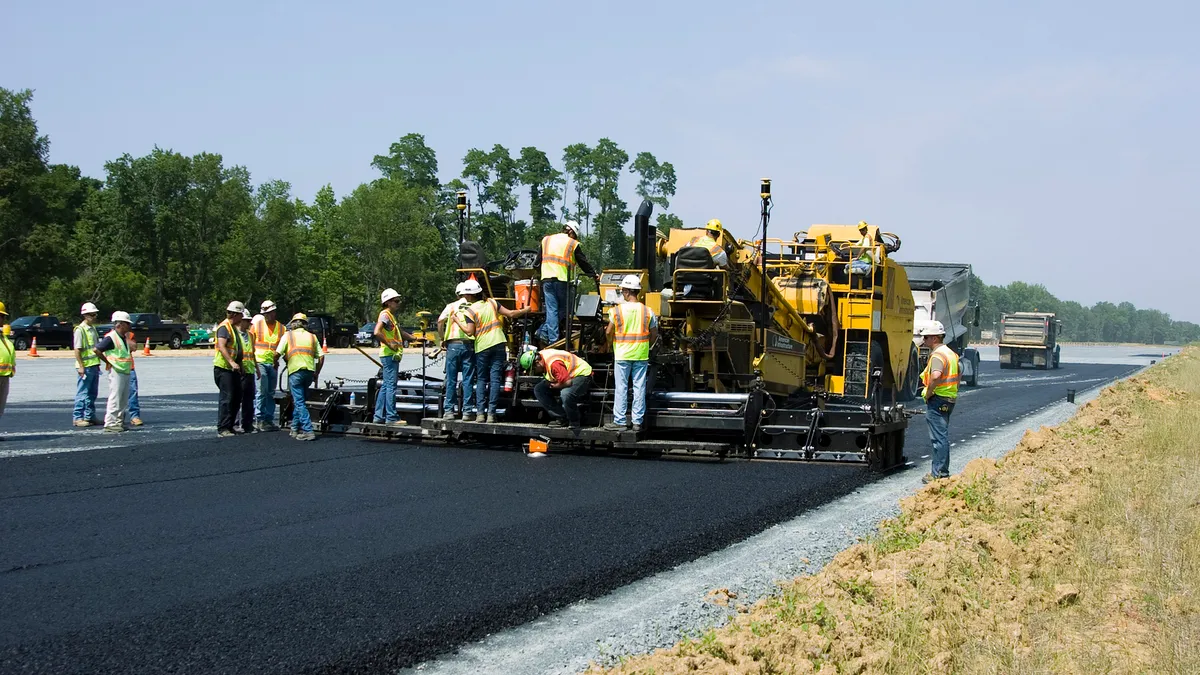The following is a guest post from Ben Vaught, CEO of DemandStar, an online marketplace that connects procurement officers with business suppliers across the United States.
Each year, state and local governments spend more than $250 billion on the construction of roads, schools and other public infrastructure.
Construction companies sometimes see government contracting as prohibitively competitive and believe the pay is low and the bid requirements are too time- and effort-consuming. But this is not the case, and should not hold construction companies back from bidding on a sector that offers huge growth opportunities.
Contractors of any size and any type can get started at any time with government work. Construction companies and also landscape contractors, electrical contractors, design-build contractors, general contractors and even roofing contractors are desperately needed by government procurement departments. Here are some tips for landing a government construction contract.
Know where to look. To find opportunities, bids are most often posted on a government website, on a third-party website, or even in the newspaper. They are posted with submittal dates and the scope of work is clearly defined.
Follow the rules. It’s super important for a contractor to follow the rules precisely and they are generally well outlined in the government agency’s RFP or request for quotation. You don’t want to spend hours putting together an amazing bid package only to have it rejected because you missed the pre-bid meeting.
Carefully consider the request. Look at what is being asked and how it should be delivered. Use this information as a starting point to begin building out templates so that you can respond to bids quickly and efficiently.
Identify opportunities. A good way to start is by finding bids that have already been awarded. Another great hack is to look for upcoming work that hasn’t been posted yet. For instance, a city manager posts a bid for design services for a new City Hall — you can bet that the construction project won’t be far behind it, so have your idea and business plan ready for when the bid posts. Third-party services can deliver relevant bids directly via email based on pre-selected criteria and can be used to research bids that have already been awarded.
Start small. The biggest mistake you can make is to overpromise and not deliver. It’s important to remember that first impressions count. Contrary to some beliefs, not all bids are awarded on price alone. RFPs are scored on a variety of factors, such as past success with the agency, minority business status and location.
Timing is important. The best time to get started on government work is before a recession. This way you will have your reputation established, you will have learned what you can do to put yourself in a winning position and you’ll be able to expand across multiple agencies to increase your chances of winning jobs in your locality. It's best to have these in place before an economic downturn that might cause government agencies to cut back on construction projects.
Be a preferred provider. Don’t just think about new builds or repair services when selecting commodity codes. Think about how your expertise can be utilized in city emergency preparedness plans during natural disasters. You want to be on government lists as agencies prepare so that you get the call to repair a roof torn off in a hurricane, top off gas for generators or provide emergency tree removal services.
Consider special programs. Federal, state and local governments have goals to provide a certain percentage of work to minority-owned businesses. These could include benchmarks such as mandating that 23% of business is awarded to small firms, with 5% of small business contracts to be awarded to women-owned businesses and another 5% to disadvantaged small businesses. Other goals look at service-disabled veterans and businesses located in historically underutilized areas.














